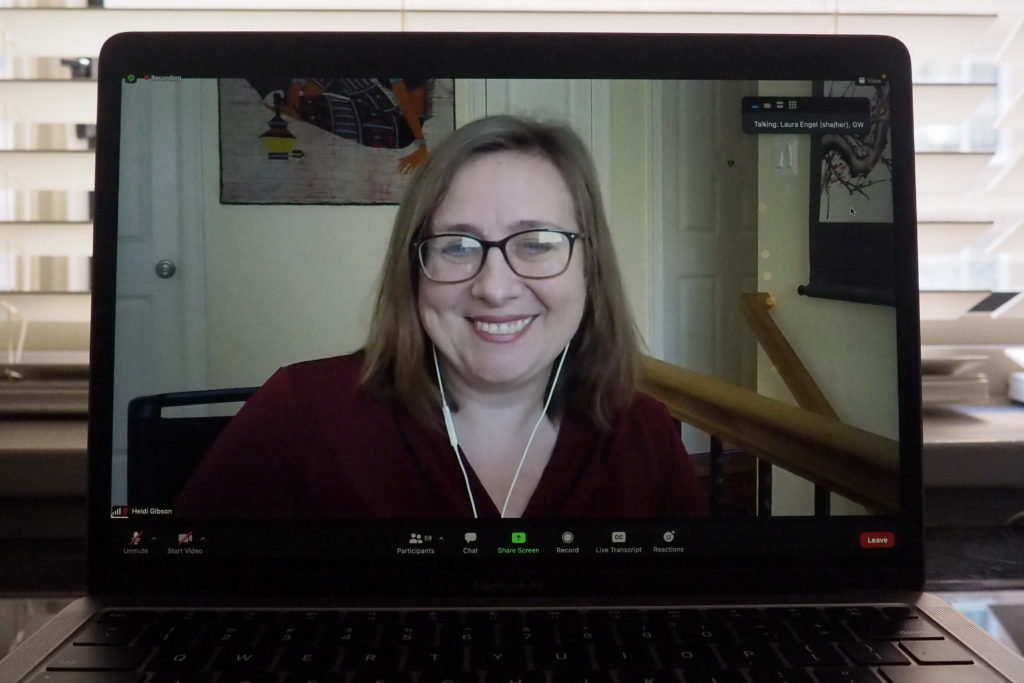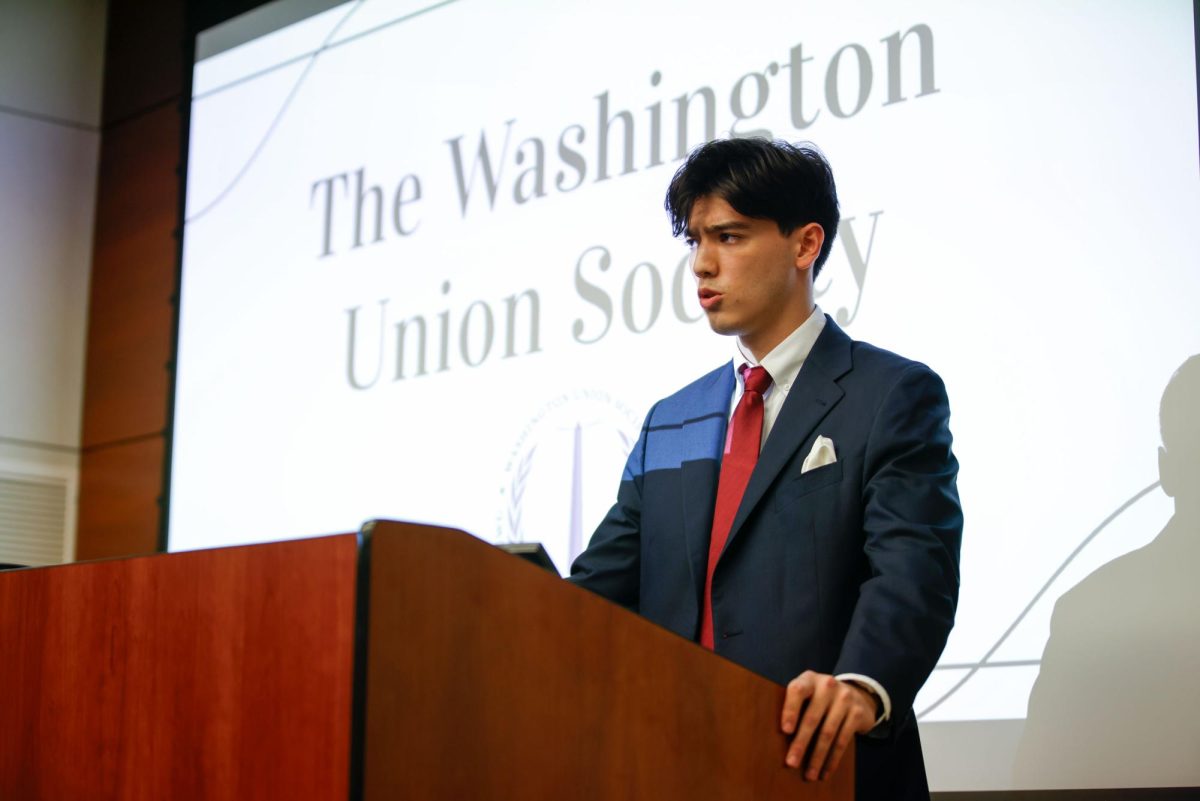The GW UNESCO Chair in International Education for Development and the Smithsonian Science Education Center hosted a virtual webinar about the teaching of sustainability and environmental science Thursday.
Alumna Heidi Gibson, a science curriculum developer at the Smithsonian Science Education Center, spoke about education and its role in solving the climate crisis, the United Nations’ goals for sustainable development and the dangers of climate change to the world at large. The event, which laid out a framework for teaching sustainable behavior in schools, was moderated by Laura Engel, an associate professor of international education and international affairs and a co-chair of the GW UNESCO Chair – which promotes “education for global citizenship and social equity and inclusion.”
Gibson said teachers should start building sustainability and environmental science curricula around the UN’s Sustainable Development Goals – a series of 17 goals that world leaders established in 2015 to make the world more equitable and sustainable by 2030. She said the goals can be used as a tool to frame problems that the world faces and how to solve them.
“I have seen education about the SDGs, and it feels a little frustrating because it feels like people are being educated about what the SDGs are,” Gibson said. “And while that’s an interesting sort of topic, in conversation, I think what’s more important is educating about what they represent.”
Gibson said teaching children sustainability is a “collaborative process” requiring input from educators, scientists and government officials to form a complete and accurate curriculum.
“As important as science is, it can not solve all the world’s problems by itself,” she said. “As important as social sciences, it cannot solve all the world’s problems by itself – we need many lenses and many tools in order to unpack the complexity of these problems.”
Gibson said many currently existing teaching resources are not accessible to all people, leaving many communities without adequate access to scientific data and curricula guides to use in the classroom. She said educators should translate guides into different languages, share information for little or no cost on the internet and publish curricula in different formats so as many people as possible can access them.
“It may be different within a classroom, and may be different between cultural contexts, but people access information in different ways,” she said. “And that is okay, that creating that space for that diversity is really important.”
Gibson said teachers should give students direct access to scientific data and information to make their own assumptions about climate change and sustainability to make projects more engaging and inclusive.
“We can understand the science behind the problem, but we also need to understand the environment where that problem is being created,” she said. “What are the policy making considerations, what is happening in the local government that’s not allowing that problem to be solved?”
Gibson said the goal of a sustainability curriculum is to inform students about the dangers posed by issues like climate change or world hunger and to get them to take “informed action” to prevent them instead of trying to get children to “obey” certain rules.
“In order to be sustainable change makers we need to start thinking, not only how does my action affect me, but how does it connect to these broader systems,” she said. “So thinking about, say, washing your hands – not only knowing that you should wash your hands, because it’ll keep you healthy, but because it can keep other people around you healthy.”
Gibson said educators and institutions should have more of a sense of urgency when teaching environmental sustainability, especially since the timeline for many of the United Nations SDG projects will be coming to an end soon. She said young people will be the ones responsible for addressing future environmental and sustainability issues and teaching problem-solving and analytical skills early on should be a priority for schools around the world.
“I think that we should be doing everything we can do to build those skills so that young people can start to look around their global and their local spaces and start to say, ‘what are the problems here and how can I be involved in trying to find a sustainable solution and implement that sustainable solution?,’” she said.








